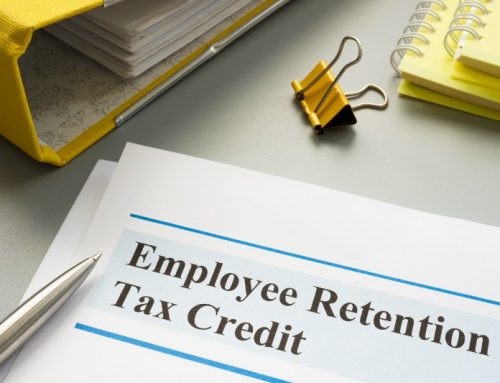At ATS our work performing cost segregation and R&D Tax Credit studies takes us around the country. While we are privileged to meet and interact with people from every climb and place in this land, there is one thing that has become very apparent, our infrastructure is crumbling. This sad fact is acknowledged and felt by most in our country and ranks as one of the top problems that the US faces.
It’s true that the bridges, roads, and airports of some locales fare better than others, but nearly every American has experienced the deterioration of our infrastructure to some extent. Excessive freeway traffic, old inefficient buildings, increased stormwater issues, and countless caissons displaying rusted rebar through deteriorated concrete. These are all signs that our infrastructure is in trouble and most Americans believe something needs be done.
While government officials debate the mechanisms needed to address these problems, fixing our infrastructure will ultimately rely on what is perhaps America’s most precious resource, its human capital, and ingenuity. Every day all around the country, architects, engineers, and construction professionals are working to figure out ways to solve infrastructure problems at the ground level, and to do it in a way that does not break the bank for clients (be they private developers or government entities). Fortunately, there is one government incentive that seeks to reward companies working to solve our nations’ critical problems: the Research and Development Tax Credit.
The R&D Tax Credit has become one of the most popular tax incentives for firms in technical industries. The intent of the law is to reward companies that engage in trial-and-error problem solving to tackle complex technical issues. It is agreed upon that failure to address infrastructure problems will lower our standard of living and decrease our competitiveness with peers throughout the world. We should also agree that redesigning an airport or replacing a bridge is a complex and technical issue. Architects, engineers, and construction professionals are the key to remedying that problem.
Increasingly, architects must work to develop buildings that decrease energy loss while utilizing maximizing building space and function. Airports around the country need an upgrade, and the professionals designing these upgrades must do so without affecting existing operations. Engineers must work to discover more efficient ways to construct building structures, regulate building environments, and manage stormwater runoff. The professionals working to deliver on these projects do not have the luxury of working on a blank canvass. The modern-day engineer has to figure out innovative ways to make dramatic improvements to infrastructure with limited resources. After all, no matter how urgent the project, money, material, and space will always present a constraint.
The daily project activities of an average architect and engineering firm are a natural fit for the R&D Tax Credit. The Code of Federal Regulations defines qualified experimentation as the evaluation of alternatives through modeling, simulation, or systematic trial and error. Professionals in these industries can see that these activities are the essence of every project. Architects and engineers use numerous programs to develop interactive models of a building or site, including AutoCAD, Revit, BIM, Civil 3D, and more. Painstaking time is taken by these teams to model and test different options for particular components of each project. These are the types of activities that allow a firm to seek the R&D Credit.
Without the expertise and hard work of those in the architecture, engineering, and construction industries, America’s infrastructure will succumb to the second law of thermodynamics. No building or highway, no matter how big, can avoid entropy. To combat this decay, America needs its architects, engineers, and construction professionals to continue their drive toward innovative design, improving buildings processes, and figuring out how to do more with less. The R&D Tax Credit is a critical component of incentivizing exactly these types of activities.





